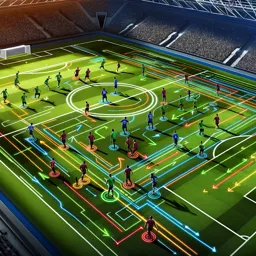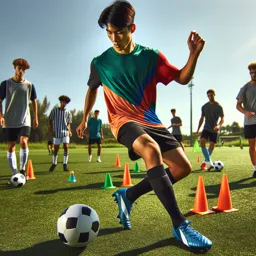Kung Fu, one of the most iconic and ancient martial arts in the world, has captured the imagination of people for generations. With its dynamic movements, deep-rooted traditions, and holistic approach, Kung Fu offers much more than just a way to defend oneself—it’s a gateway to personal growth and physical well-being. In this guide, we explore Kung Fu’s history, main styles, and the many benefits it offers to practitioners of all ages.
What Is Kung Fu?
In Chinese, “Kung Fu” (or “Gongfu”) refers to any skill achieved through hard work and practice, but globally it has become synonymous with Chinese martial arts. Kung Fu consists of a vast range of fighting styles that have been developed over centuries, each with its own unique forms and philosophies.
A Brief History of Kung Fu
Kung Fu’s origins can be traced back over 1,500 years to the Shaolin Temple in China. Originally practiced by Buddhist monks as a form of physical exercise and spiritual discipline, these techniques evolved into sophisticated martial traditions. Through time, Kung Fu spread throughout China, developing hundreds of distinct styles inspired by animals, nature, and legendary warriors.
Popular Kung Fu Styles
- Shaolin Kung Fu: Known for its rigorous training routines, powerful stances, and diverse forms.
- Wing Chun: Famous for its close-quarter combat techniques and efficient, direct movements.
- Hung Gar: Recognized for deep, stable stances and strong hand techniques.
- Tai Chi Chuan: A soft style focusing on slow, controlled movements and internal energy, often practiced for health and relaxation.
- Wushu: A modern, performance-oriented style combining acrobatics, speed, and athleticism.
Physical and Mental Benefits of Practicing Kung Fu
Kung Fu offers incredible advantages to those who practice it regularly, including:
- Strength and Flexibility: Forms (known as “kata” or “taolu”) and drills develop muscle, balance, and coordination.
- Improved Concentration: The precise movements and discipline required enhance focus and mental clarity.
- Self-Confidence and Resilience: Overcoming challenging training strengthens both mind and body.
- Stress Relief: The mindful practice and rhythmic nature of Kung Fu help reduce anxiety and boost mood.
- Self-Defense Skills: Practical techniques for safety and self-protection are learned over time.
Getting Started with Kung Fu
If you are interested in learning Kung Fu, look for a reputable school (often referred to as a “kwoon”) with experienced instructors. Beginners will start with basic stances, footwork, and simple forms. As you progress, you will be introduced to more advanced techniques, partner drills, and weapon forms.
More than just a sport, Kung Fu is a journey of personal development. Whether for fitness, self-defense, or inner peace, anyone can begin their path in Kung Fu and reap its lifelong rewards.
Conclusion
Kung Fu is not only a martial art but also a way of life that promotes health, discipline, and personal growth. From its rich history to its diverse styles and profound benefits, Kung Fu continues to inspire and empower practitioners around the world. Starting your Kung Fu journey could be the first step toward a stronger body, a focused mind, and a balanced lifestyle.

































